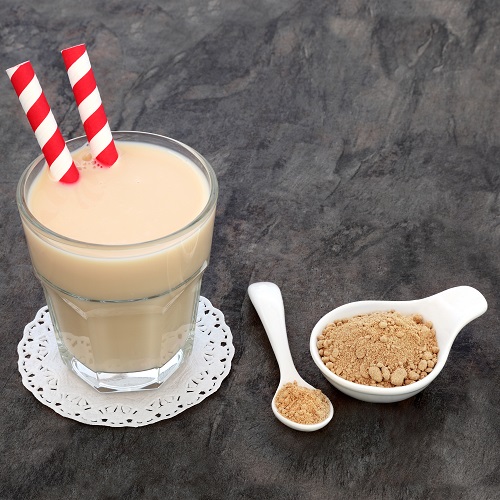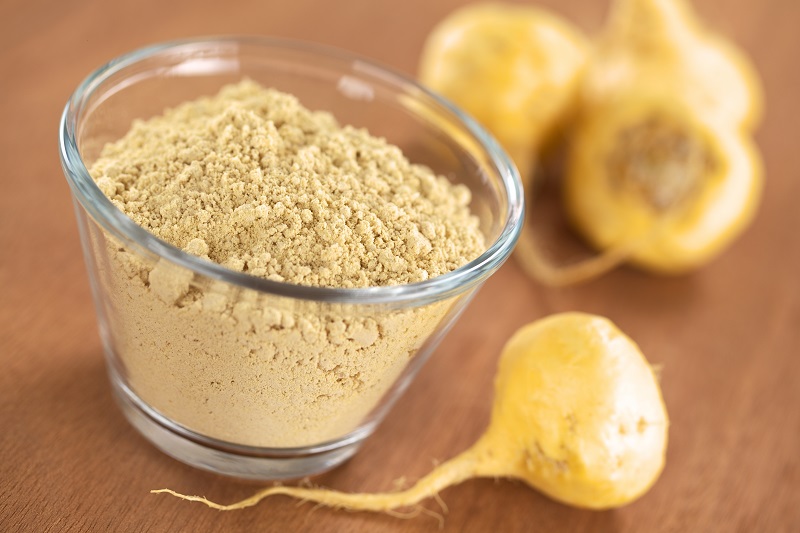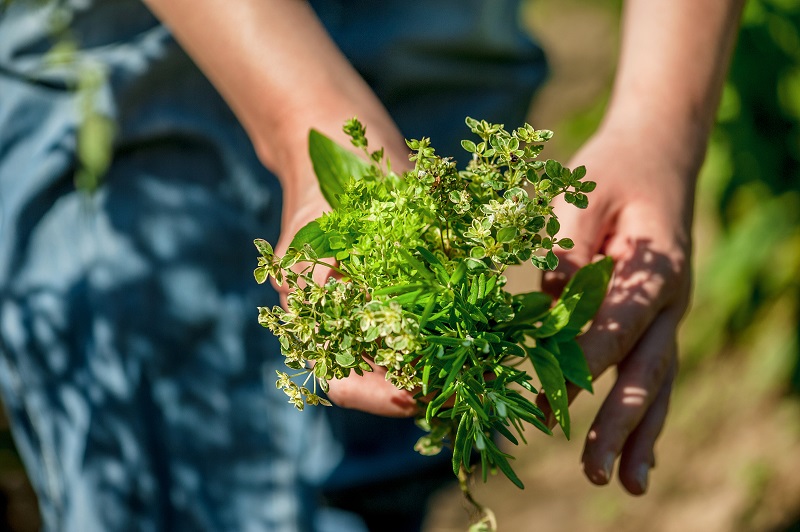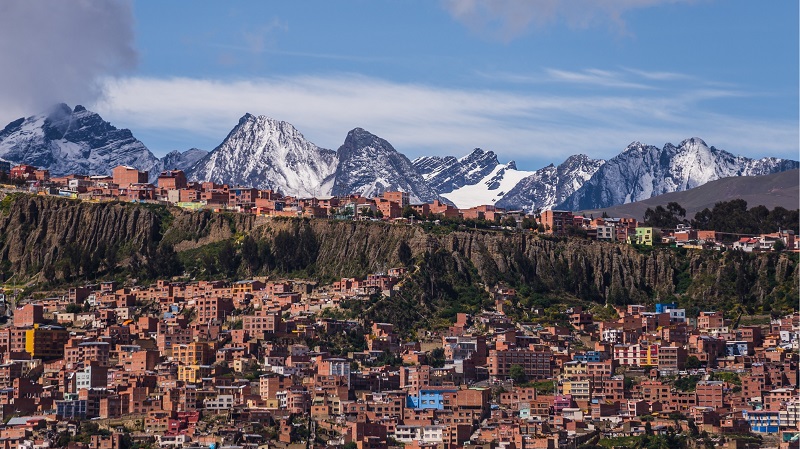Maca root or lepidium meyenii has become one of the most widely used herbs in the world because of it profound effects on sexual and reproductive health, but also for its benefits on energy and the immune system (NCBI 2011). Maca can only be grown at an altitude of about 12,000 feet above sea level, so the majority of maca is grown and cultivated in the Andes mountains of Bolivia and Peru, and it is an essential part of these countries’ economies and healthcare practices (Herb Affair 2015). For over 2000 years, in Peruvian and Bolivian civilizations, Maca root has had a very high value as a medicinal plant, and has also been considered a valuable currency for trade (Herb Affair 2015). Maca continues to be a staple herb in South American countries and is an essential part of economic activity: including creating jobs for the farmers who produce it, and creating a significant amount of revenue for the countries that grow and sell it. However, because of the recent increases in demand of maca in Western culture we often see exploitation of Andean farmers.
Maca has also become very popular throughout the world and is often referred to as a “super food” because of its significant health benefits. People consume maca root in many different forms. It is often sold as a powder that can be used in teas, smoothies, and even baked goods (Vegkitchen). In today’s world, maca is used as a source of vitamins and minerals, to increase sexual function and libido, to ease symptoms of the menstrual cycle and menopause, and to improve energy and general health.
These articles provide more information on the history and uses of maca root:
Origins and History of Maca Root | Herb Affair
Maca: An Ancient Peruvian Superfood | VegKitchen
Turbulence in the Maca Market | The Medicine Hunter
Safety and Anti-Inflammatory Activity of Curcumin | PMC
The Latest Superfood: Peru’s Maca Root | The Wall Street Journal – video from Wallstreet Journal







